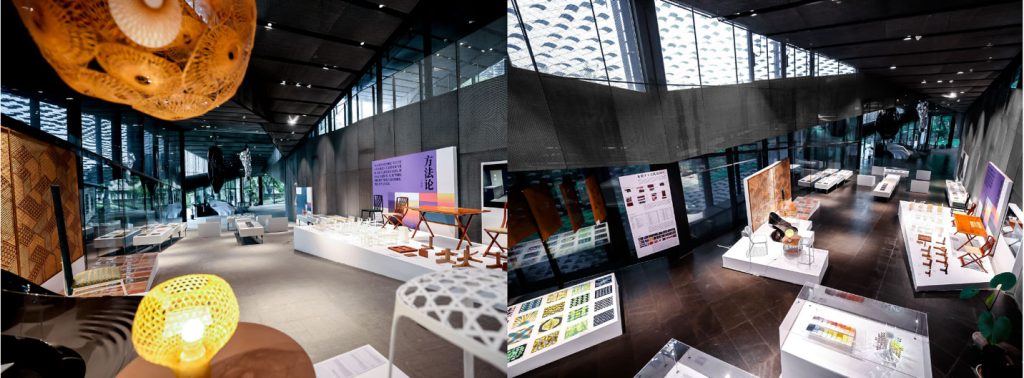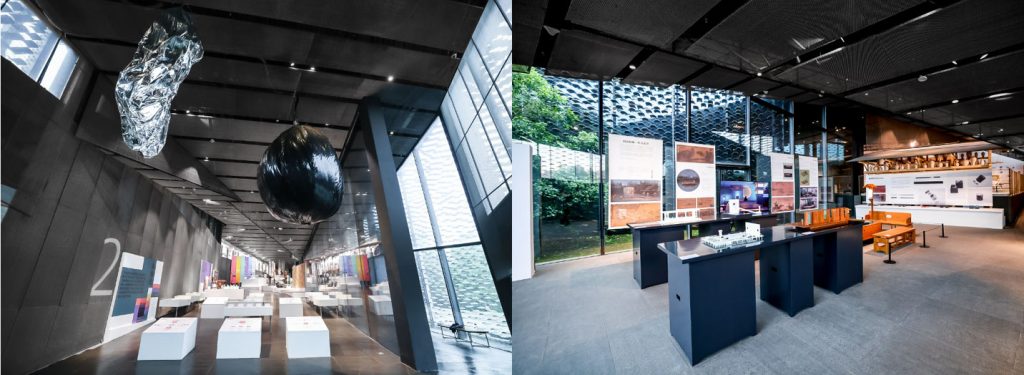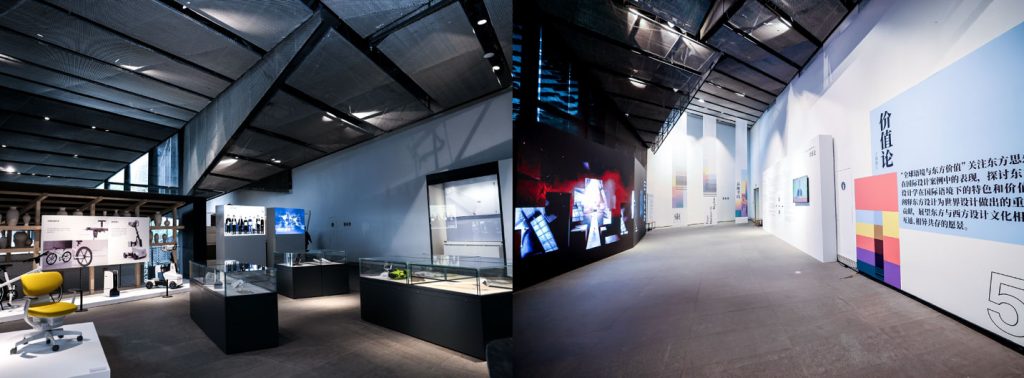Hangzhou, China
In a global context, the term “East” refers to the entire Eastern region, including the Arab region, India and the Indian subcontinent, as well as China, Japan, and the Northeast Asian region. Early Oriental Theory in the Western world, in terms of their values and culture, focused on Islamic culture, Indian culture, and the East Asian Confucian cultural sphere with China at its core. Since the 19th century, the world has witnessed the emergence of Western modern design theory, symbolized by the Bauhaus movement, while the East has had its own starting point in design education, such as the Tokyo School of Fine Arts (now Tokyo University of the Arts) in Japan and the National Art Academy (now China Academy of Art) in China. This marked the beginning of the era of arts and crafts, design education, and design research in the East. Until the 21st century, with the changes in China’s economy and international influence, there has been a significant impetus for design theory that embody Eastern culture and the Chinese way of life, leading to the rise of design research that is grounded in China and represents typical Eastern cultural characteristics.

Thus, Professor Haiyan Wu from the China Academy of Art, who led the major research project on ” Research on the Construction of Oriental Design Theory ” funded by the National Social Science Foundation in China in 2018, serves as a representative figure in the field of Oriental Design Theory. The project brought together experts and scholars from both the Eastern and Western design communities to form the core research team. It involved the participation of Chinese universities and design professionals from both domestic and international backgrounds. The aim was to establish a disciplinary system for original Oriental design that is rooted in Eastern perspectives and addresses local issues, while also possessing a global vision and reference value.
To showcase the research achievements in Oriental Design Theory, the “From Horizon to Skyline: Special Exhibition on Oriental Design Theory” was held on May 17,2023, at the Crafts Museum of CAA in Hangzhou, China. This exhibition aimed to communicate China’s “Oriental Design Theory” to the world.
01 Understanding the East: The “Origin” of Oriental Design
The research team on the theoretical construction of oriental design studies believes that the origin of oriental design comes from the profound cultural roots of Chinese civilization. Since ancient times, Chinese people believe that life itself can teach us everything. This attitude towards life not only awakens people’s perception of the beauty in nature but also serves as the starting point for the “design” of human life. The first aspect of understanding Oriental design is understanding “Eastern life.” This viewpoint originates from the Chinese understanding of life and living. It represents the first aspect of the “triple ontology,” which is the understanding of the origin of Oriental design.
The second aspect of the triple ontology is “humanity,” which belongs to the abstract world of the human spirit. While there are similarities to the values of equality, freedom, and universal love in Western society, there are also unique aspects found in the classical Chinese values of benevolence, righteousness, propriety, wisdom, and trustworthiness.
The third aspect of the triple ontology is language, which contains the symbolic and metaphorical system of traditional China and embodies the boundless creativity of the Chinese people.
To vividly present the vast system of Oriental design, the research team has launched the “From Horizon to Skyline” special exhibition of Oriental Design Theory at the Crafts Museum of CAA.

02 Discovering the East: “From Horizon to Skyline” Special Exhibition on Oriental Design Theory
The special exhibition encompasses various fields, including theory, fashion, home textiles, industrial design, architecture, craftsmanship, transportation, education, and digital design. It takes the narrative of “lines” to connect four interrelated sections: the horizon of culture, the axis of wisdom, the trajectory of flight, and the skyline of civilization. These “four lines” systematically present five sub-topics: the ontology, methodology, innovation, education, and values of Oriental Design Theory. The exhibition traces the continuous development of Oriental design, bridging the past and present, and facilitating dialogue between East and West. Through extensive and solid research, it outlines the theoretical framework, practical paths, and value visions of contemporary Oriental design.
The “horizon of culture” section corresponds to the ontological aspect rooted in Eastern culture. It lays out the theoretical framework at the center of the exhibition hall, comprehensively presenting meticulous research and analysis of the theoretical sub-topic. The “horizon” connects with the “axis of wisdom,” showcasing the design concepts and methodologies of Oriental design through a comprehensive display of Eastern people’s design approaches in daily life from ancient to modern times.
The “trajectory of flight” section explores the innovative and educational aspects of Oriental Design Theory. It slices educational cases with local characteristics, presenting the Eastern educational philosophy of embracing the beauty of life, the balance between the way and the means, the fusion of diverse elements, and the unity of knowledge and action. The innovation sub-topic elaborates on the main theme of “technological innovation” and presents multidimensional experimental cases that combine arts and crafts, culture, architecture, and environmental art, illustrating the innovative path of the core ideas and systematic approaches in Oriental design.
The “skyline of civilization” showcases the global value and future potential of Oriental design through horizontal comparisons between East and West and vertical connections from “origin” to “essence.” It highlights the global significance of Oriental design within a global context.
Through the “From Horizon to Skyline” exhibition, visitors can explore the rich and diverse dimensions of Oriental Design Theory, gaining insights into its theoretical foundations, practical applications, and potential contributions to the world.

03 Global Integration: The Global Value of Oriental Design
Oriental Design Theory is based on the essence of Eastern culture and has developed into a comprehensive theoretical framework. Oriental design is inseparable from various domains including Eastern philosophy, Eastern culture, as well as nature, art, and fashion. However, this does not imply a closed or confined approach. As demonstrated in the exhibition’s presentation of ” Dialogue between East and West,” Oriental design embraces an open-minded attitude, looks towards the future, and possesses global development opportunities and values. It offers Eastern wisdom to the world of design. From a culture that cherishes mutual beauty and shared civilization, Oriental design is on a continuous path of exploration and development, extending its reach globally and towards the future.
The Oriental Design Special Exhibition, through solid theoretical foundations and vivid case studies, aims to show the world the essence of the East, encourage learning from the East, and foster a better understanding of the East. It serves as a comprehensive overview of Chinese Oriental Design Theory and a global platform for Oriental design to make its first voice heard globally.
——————
Exhibition Dates: May 17, 2023, to June 10, 2023 Exhibition Venue: China · Hangzhou, Crafts Museum of CAA.

